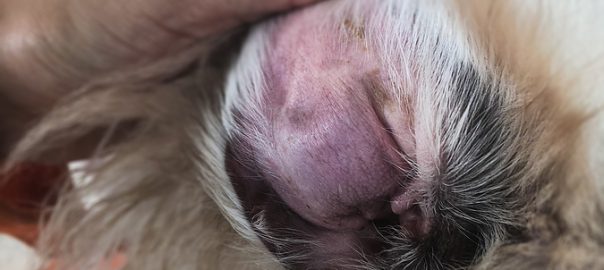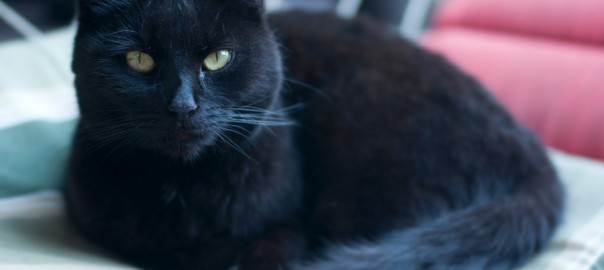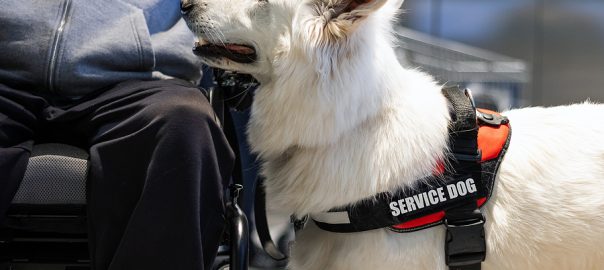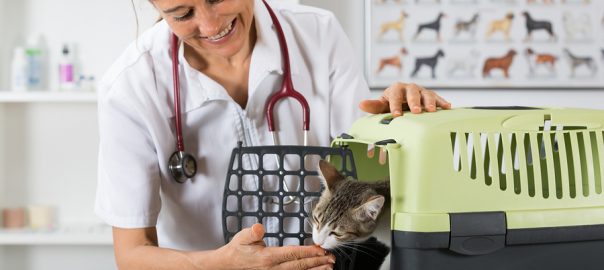Given how much stress cats experience during vet visits, it’s no wonder most people don’t take their cats for veterinary care even when they need it. That’s one of main reasons I founded Fear Free, to make vet visits less stressful for pets and their people! Here are tips I shared with a reader about how to know if a cat does or doesn’t need to see their veterinarian.
Q: What are the signs that my cat needs to see the vet?
A: I hope that you’re taking your kitty to the veterinarian once a year for a checkup. Even if she isn’t sick, knowing how she looks and acts normally is a great baseline for your veterinarian to have. During a physical, the vet can listen to your cat’s heart and lungs; check her temperature, pulse and respiratory rate; weigh her to make sure she’s not unnecessarily gaining or losing weight; look at her eyes, ears and skin to check for infection or parasites; check the teeth for tartar buildup or inflamed gums; and feel her body to make sure organs seem normal and there are no suspicious lumps or bumps.
Signs that your cat might not be feeling tip-top include the following:
— Frequent vomiting or diarrhea, especially if it lasts more than 48 hours.
— Lack of appetite for more than a day.
— Lameness.
— Not wanting to be petted.
— Stiffness when standing up or lying down.
— No longer jumping on furniture.
— Being reluctant to go up or down stairs.
— Picking up food and then dropping it.
— Changes in normal behavior, such as hiding instead of greeting you when you come home.
— Gums that are pale or bluish-gray instead of a pretty pink.
— Persistent runny nose or sneezing.
— Drooling or bad breath.
— Lethargy, especially in a kitten.
— Trauma, such as being hit by a car or a bite from another animal.
Cats don’t complain a lot when they’re not feeling well. In fact, they may even try to hide signs of illness, so you really have to know what their “normal” is to notice when something is wrong. Any time you see a change in behavior, it’s a powerful clue that your cat needs to see the vet.
There’s more in Pet Connection, the weekly nationally syndicated pet feature I co-write with Kim Campbell Thornton and my daughter, trainer Mikkel Becker.




